In 2009, a shipworm nicknamed "Barry" earned the title of one of the most disgusting creatures in the world. Found in a UK aquarium, Barry measured an astonishing 4 feet long (about 1.2 meters). Unlike most shipworms, which are small and burrow into wood, Barry had a habit of attacking coral reefs and fish. Covered in thousands of thorn-like hairs, this creature was both terrifying and fascinating.
Marine biologists have noted that species like shipworms, mollusks, and coral polyps have begun hitching rides on floating debris, drifting into new ecosystems. These invaders can cause havoc, as they disrupt the balance of local species. For instance, shipworms burrow into wood or coral, weakening it and causing significant damage. Dr. Barnes, a marine expert, explained that freezing seawater around Antarctica is one of the last natural barriers against such invasive species. With global warming, however, this barrier is weakening, which could lead to even more damaging invasions.
Another factor helping these creatures spread is ocean ballast water. Ships fill their ballast tanks with seawater to stabilize themselves during travel, unknowingly collecting marine organisms. When this water is dumped in a different location, these creatures are released into foreign environments. This accidental transportation has made ballast water one of the main culprits in spreading invasive aquatic species worldwide.

Hallucigenia is one of the most peculiar creatures ever to have lived on Earth. It roamed the oceans over 530 million years ago during the Cambrian period. Discovered in Canada, Hallucigenia was small but memorable with its weird body design: it had seven pairs of spines sticking out from its back, and its head was disproportionately tiny.
Thanks to newly discovered fossils, researchers at the University of Cambridge have shed light on its anatomy. It turns out Hallucigenia had a mouth equipped with ring-shaped teeth, and its simple eyes suggest it wasn’t a sophisticated predator. Instead, it likely fed on small, soft organisms. These strange features made it one of the most intriguing species from the Cambrian explosion, a time when life on Earth diversified dramatically.
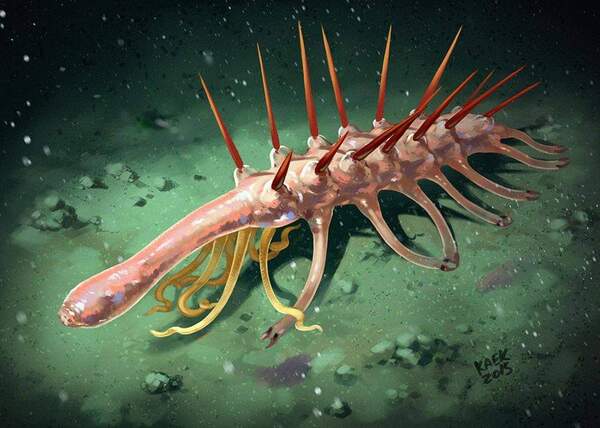
Opabinia is another curious animal from the Cambrian period, living about 530 million years ago in oceans where Canada is today. Opabinia’s most distinctive feature was its five stalked eyes, which gave it a unique appearance, almost alien-like. Despite its odd looks, scientists believe it could be a distant relative of modern shrimp.
This small creature, only 40-70 millimeters long, swam by using its 14 paddle-like gills. Its head was perhaps its strangest part—complete with a trunk-like extension ending in a claw, which it likely used to grasp food. These ancient animals are perfect examples of how life once took forms that today seem straight out of a science fiction movie.
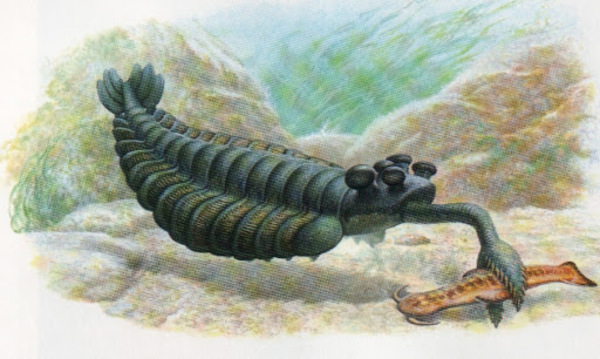
The deep-sea dragonfish is a vicious predator that lurks in the depths of the ocean, about 1,524 meters below the surface. These fearsome fish are small, but their oversized jaws and needle-like teeth make them efficient hunters. What makes them even more terrifying is their bioluminescence: they have light-emitting organs that they use as bait to lure in unsuspecting prey.
Like the anglerfish, the dragonfish flashes its "light" to attract prey. But instead of the lure being located on its back, the dragonfish’s light is placed on its lower jaw. Additionally, dragonfish possess rows of light-producing organs along their bodies, which can confuse predators or communicate with mates. Their eerie glow in the dark abyss makes them one of the most dangerous predators in the deep sea.
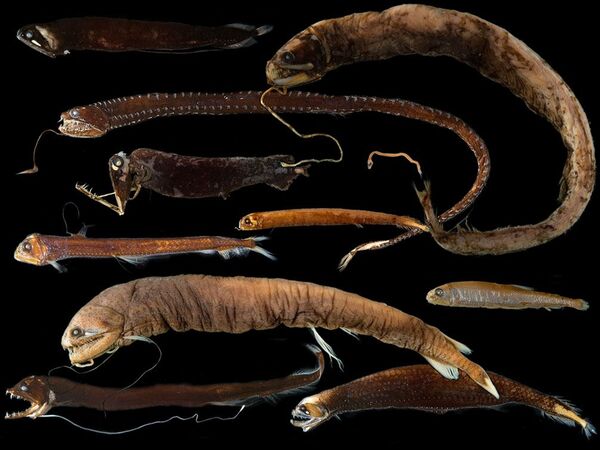
The vampire squid is a creature straight out of a sci-fi nightmare. With jelly-like skin and large fins that resemble ears, this deep-sea dweller doesn’t look like a typical squid. It’s small, only about 6 inches (15.2 cm) long, but its massive eyes—each the size of a dog’s—give it an unsettling appearance.
The vampire squid’s bioluminescent organs allow it to flash on and off at will, making it either glow eerily in the dark or become completely invisible. What sets it apart from other squid-like creatures is the lack of an ink sac. Instead, it has spiny, fang-like appendages on its arms, giving it the vampire-like appearance that earned its name. When threatened, it can fold these spiked arms over its body like a shield, further enhancing its otherworldly look.
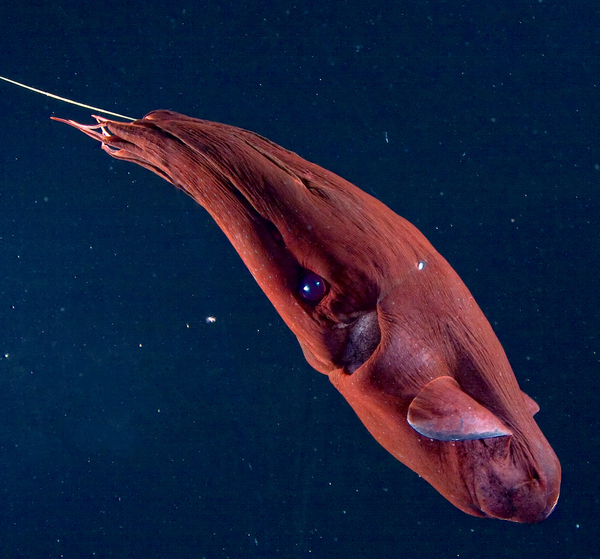
Glyptodon was like a prehistoric tank. This armadillo-like mammal lived in South America during the Pliocene and Pleistocene epochs and grew to the size of a small car. Covered in a hard, turtle-like shell, Glyptodon was an herbivore, feasting on grasses and plants. Its thick armor protected it from predators, and some scientists speculate that early humans may have even used its shell as shelter.

The Galapagos Giant Centipede is the largest centipede species known, reaching lengths of up to 32 cm. Native to the Galapagos Islands and parts of South America, this terrifying insect has a sturdy body and venomous fangs that can overpower prey much larger than itself. It’s a fearsome predator in its environment, hunting everything from insects to small birds.
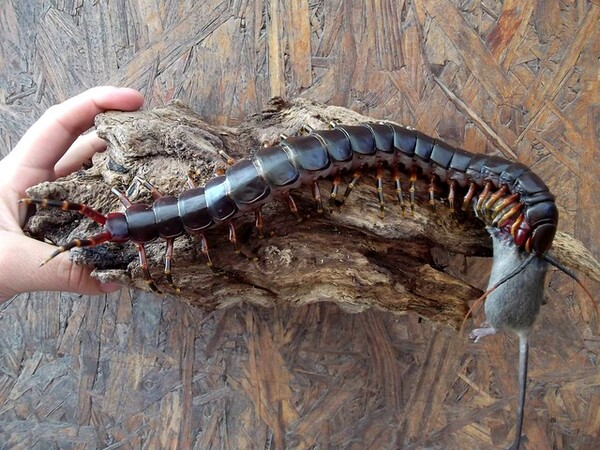
The "flying cat," or "angel cat," has baffled people for centuries. Reports of winged cats have popped up since the early 20th century, with sightings from Europe to China. These cats supposedly have wings growing from their shoulders, although scientists argue that these "wings" are likely just genetic mutations, such as extra fur or deformities. Despite the skepticism, the angel cat continues to be a creature of fascination for many.
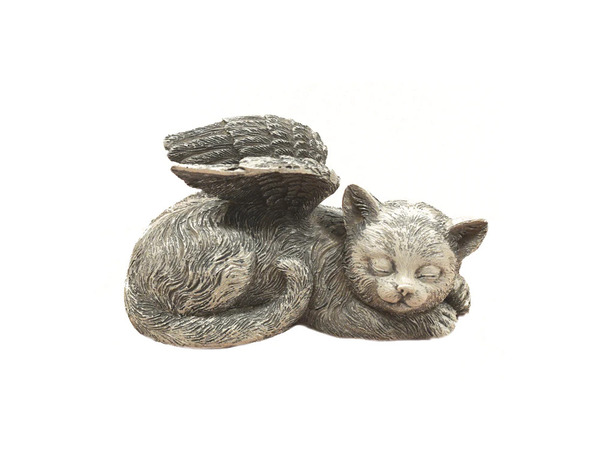
Despite its name, the glass snake isn’t a snake at all—it’s a lizard. Unlike snakes, the glass snake has eyelids and can blink, and when threatened, it can detach its tail to escape, much like a gecko. Its long, slender body makes it resemble a snake, but its other lizard-like features reveal its true nature.

The toothfish, originally from the Amazon Basin, is a freshwater fish with human-like teeth that it uses to crack open nuts. Introduced to Papua New Guinea, this strange fish developed a reputation for something much darker—it was said to attack fishermen by biting their groins. Although this story may sound exaggerated, it has earned the toothfish a notorious reputation as one of the weirdest, and most unsettling, creatures in freshwater.
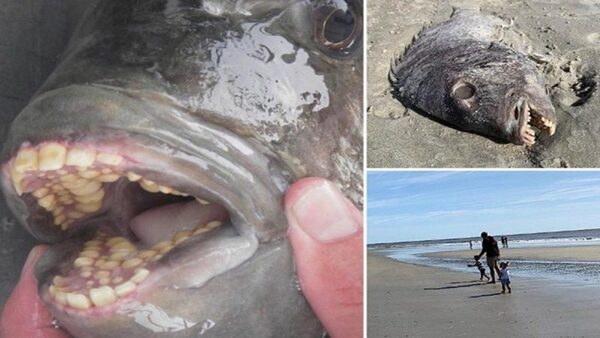
Each of these bizarre animals showcases the incredible diversity and adaptability of life on Earth, reminding us that nature is full of surprises—some strange, some scary, but all endlessly fascinating.
animal tags: Toothfish
We created this article in conjunction with AI technology, then made sure it was fact-checked and edited by a Animals Top editor.